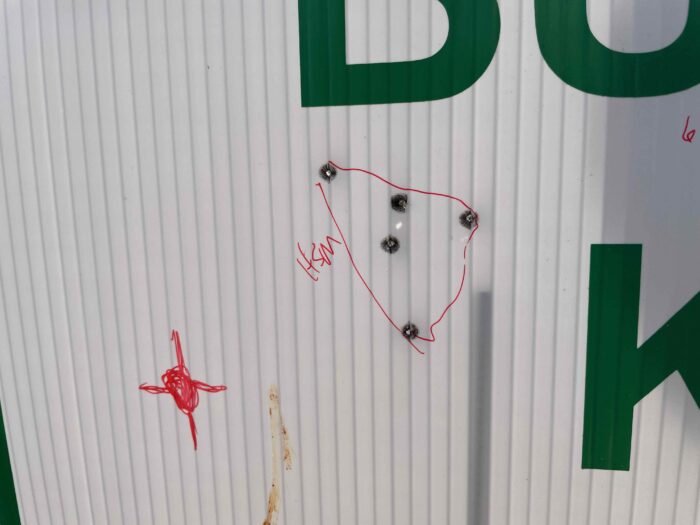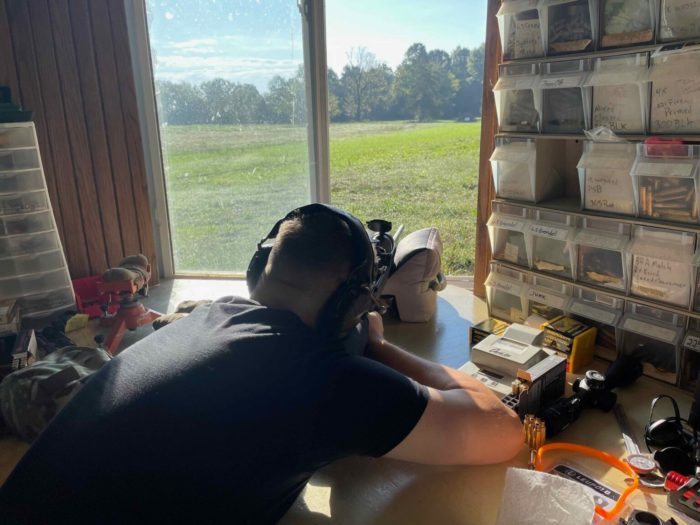When mounting a suppressor on a rifle, many shooters are shocked to find their beforehand excellent zero is out of the blue off. This shift in level of affect (POI) is a standard and well-documented phenomenon that happens with just about all suppressed weapons methods. Understanding why this occurs and learn how to handle it’s essential for sustaining accuracy, whether or not you’re competing, looking, or coaching
The Physics Behind POI Shift
At its core, a POI shift happens as a result of including a suppressor basically adjustments how your firearm behaves through the firing sequence. While you connect a suppressor, you’re including mass to the muzzle finish of your barrel, which alters its harmonics and vibration patterns. As a barrel fires, it doesn’t stay completely straight – it really flexes and whips in a constant sample. This oscillation, generally known as barrel harmonics, impacts the place the bullet exits the bore in relation to the barrel’s impartial axis. A suppressor’s extra weight adjustments these harmonics, leading to a unique exit level for the bullet.
The Baffle Impact
Past the fundamental physics of added weight, suppressors introduce one other issue that influences POI shift: the interplay between the bullet and the baffle system. Because the bullet travels by means of the suppressor, it encounters a collection of baffles designed to gradual and funky the increasing gases. These baffles can create delicate adjustments in air strain and turbulence that have an effect on the bullet’s trajectory. An analogous POI shift usually happens with muzzle breaks for comparable causes. Whereas fashionable suppressor designs can decrease these results, they can not get rid of them solely.
Frequent POI Shift Patterns
Most rifles exhibit a predictable POI shift when suppressed, usually starting from 0.5 to 4 MOA (Minute of Angle). The course of this shift varies between firearm configurations however usually manifests as an upward or upward-right motion of the affect level. This happens as a result of suppressors usually trigger bullets to strike larger than their unsuppressed level of affect, although the precise course and magnitude rely on a number of components together with barrel size, suppressor design, and ammunition traits.

Components Affecting Shift
A number of variables affect how a lot your POI will shift when including a suppressor. Barrel size performs a major function – typically, shorter barrels expertise extra pronounced shifts because of the suppressor’s mass having a higher proportional impact on the general system. The suppressor’s weight and size additionally matter, with heavier and longer suppressors usually inflicting bigger shifts. Moreover, ammunition choice can affect the diploma of shift, as completely different bullet weights and velocities work together in a different way with the suppressor’s baffle system.
Temperature Concerns
An often-overlooked facet of suppressor-induced POI shift is the impact of temperature. As suppressors warmth up throughout use, they will trigger extra shifts in level of affect. This thermal shift happens as a result of the heated suppressor creates rising air currents that may have an effect on bullet trajectory, and since the warmth can briefly change the barrel’s harmonics. Skilled shooters usually notice their zero at completely different temperature ranges and modify accordingly throughout prolonged capturing classes.
Mounting Consistency
One essential think about managing POI shift is sustaining constant mounting practices. Trendy quick-attach suppressor methods are designed to supply repeatable mounting, however even slight variations in mounting stress or place can result in completely different POI shifts. It’s important to make use of the identical mounting process each time and to confirm that the suppressor is correctly seated earlier than firing. Some shooters mark their suppressor’s place relative to the mount to make sure constant alignment.
Compensation Methods
Probably the most easy strategy to coping with POI shift is to re-zero your weapon with the suppressor hooked up should you plan to shoot suppressed constantly. Nonetheless, should you ceaselessly swap between suppressed and unsuppressed configurations, there are a number of methods to handle the transition. Some shooters preserve separate zero information for each configurations and modify their optics accordingly. Others use adjustable turret caps marked for each zeros, permitting fast transitions between configurations.
Superior Options
Trendy expertise provides some refined options for managing POI shifts. Some producers now produce adjustable mounts that permit fine-tuning of the suppressor’s place to attenuate POI shift. Moreover, sure optics characteristic a number of zero settings that may be shortly toggled between suppressed and unsuppressed configurations. Ballistic calculators and apps have additionally begun incorporating suppressor offset information to assist shooters predict and compensate for shifts throughout completely different distances.
Testing and Documentation
Creating a dependable system for managing POI shift requires thorough testing and documentation. Shooters ought to conduct managed testing to measure their particular weapon’s shift beneath varied circumstances. This testing ought to embrace a number of mounting and dismounting cycles to confirm repeatability, and needs to be performed at completely different distances to grasp how the shift scales with vary. Conserving detailed information of those checks helps develop a complete understanding of your system’s conduct.

Actual-World Purposes
Understanding and compensating for POI shift turns into significantly vital in sensible functions. Hunters ought to examine their zero with the suppressor hooked up and keep away from eradicating the suppressor through the looking season or journey if attainable. Competitors shooters usually face levels requiring each configurations and wish quick & environment friendly strategies to regulate their zero. Navy and legislation enforcement personnel usually should be capable of transition between suppressed and unsuppressed whereas sustaining precision shortly.
The Way forward for Suppressor Expertise
Producers proceed innovating suppressor designs, working to attenuate POI shift by means of superior supplies and baffle designs. Some current developments embrace flow-through suppressors that cut back again strain and specialised mounting methods designed to keep up extra constant barrel harmonics. As expertise advances, we might even see additional reductions in POI shift, although it’s unlikely to be eradicated because of the basic physics concerned.
Wrap Up
Level of affect shift with suppressors is a standard however manageable phenomenon. Success in managing POI shift comes from understanding the underlying causes, totally testing your particular setup, and creating constant procedures for each mounting and compensation.
Whether or not you’re an off-the-cuff shooter or knowledgeable, taking the time to grasp and account for these shifts will considerably enhance your accuracy and effectiveness with suppressed firearms. As suppressor expertise continues to evolve, shooters can count on to see improved options for managing POI shift.
Nonetheless, the basic ideas of testing, documentation, and constant approach will stay important for reaching optimum outcomes.





















